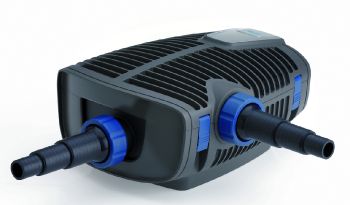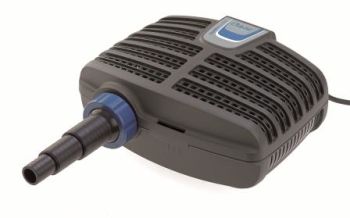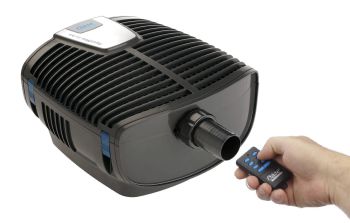How to work out the volume of water in your pond and why it will affect the pump you buy
Every pond owner should be aware of the importance of choosing the right size pump for their pond, but when choosing a pump, there are many factors to consider. If you are weighing up which pump to go for, our handy guide will help you make the right choice.
Pond size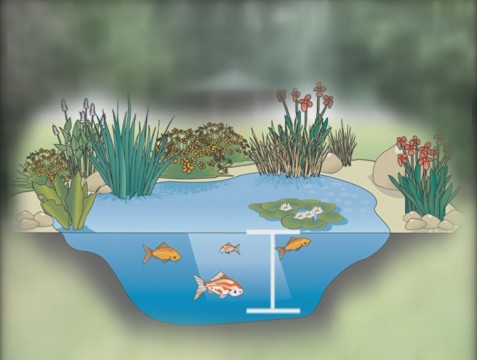 Knowing the volume of water in your pond is the obvious starting point. This will involve some calculations, but before you get to that stage, you need to do some measuring.
Knowing the volume of water in your pond is the obvious starting point. This will involve some calculations, but before you get to that stage, you need to do some measuring.
Measure the length, width and depth of your pond. If you have two ponds, connected with a waterfall or a stream, measure both and add the figures together. If your pond is an irregular shape, use average figures, and if you’re not sure which number to use, err on the high side, as a pump that is too small will not provide sufficient flow and will lead to an unhealthy pond.
With these measurements, a few simple calculations will give you the volume in litres. For rectangular or irregular ponds, the calculation (in metres) is:
Average length x average width x average depth x 1000
And for circular ponds, the calculation is:
Half the diameter (radius) x half the diameter (radius) x 3.14 (Pi) x average depth x 1000
This will give you the basic volume information that will determine your choice of pond pump. But there are other factors you need to consider:
Pond type The number of fish or plants you intend to keep will affect the size of pump filter you need. The higher the number of fish, the bigger the load on the filter, and ponds with few surface plants also require a larger filter, as algae will have more room to grow and more nutrients to consume. As a rule of thumb, a ‘normal’ pond will have a good number of surface plants and roughly 80 centimetres (approximately 2kg weight) of fish per 1000 litres. So if your pond has a higher density of fish or a lower density of plants than normal, allow for a larger filter than your pond volume would suggest.
The number of fish or plants you intend to keep will affect the size of pump filter you need. The higher the number of fish, the bigger the load on the filter, and ponds with few surface plants also require a larger filter, as algae will have more room to grow and more nutrients to consume. As a rule of thumb, a ‘normal’ pond will have a good number of surface plants and roughly 80 centimetres (approximately 2kg weight) of fish per 1000 litres. So if your pond has a higher density of fish or a lower density of plants than normal, allow for a larger filter than your pond volume would suggest.
Pump lift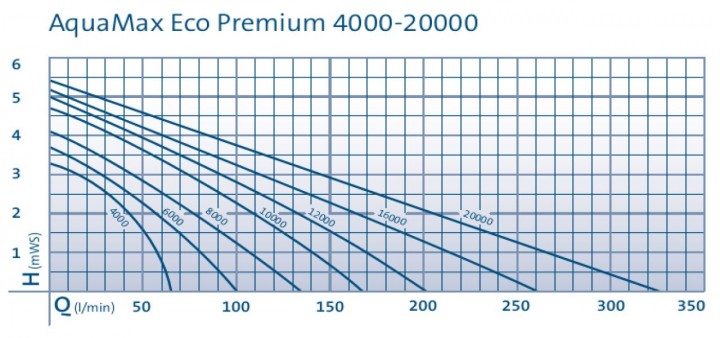 All pond pumps have a stated maximum flow and maximum lifting capability. As the pump is lifted higher, the flow of water will decrease, and at the maximum height, it provides no flow at all. To calculate the pump lift, measure the difference between the highest point that the water has to travel and the pond surface. Then refer to the relevant pump performance curve chart to see how the lift impacts on the flow rate to ensure the target flow rate is achieved at the intended height.
All pond pumps have a stated maximum flow and maximum lifting capability. As the pump is lifted higher, the flow of water will decrease, and at the maximum height, it provides no flow at all. To calculate the pump lift, measure the difference between the highest point that the water has to travel and the pond surface. Then refer to the relevant pump performance curve chart to see how the lift impacts on the flow rate to ensure the target flow rate is achieved at the intended height.
Flow rate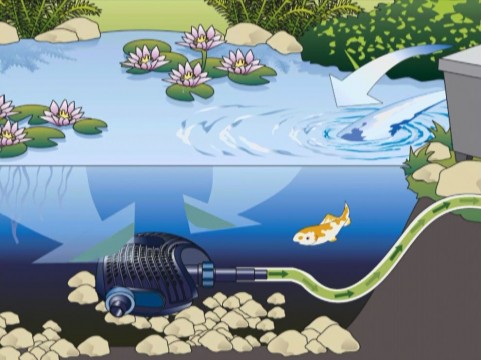 The final piece of the jigsaw is the flow rate. Pond water has to be turned over at least once every two hours, to ensure it remains healthy. So if your pond contains 2,000 litres of water, you need a pump with a minimum flow of 1,000 litres per hour, at the appropriate pump lift. If your pond has a lot of fish, aim to turn over the volume of the pond every hour.
The final piece of the jigsaw is the flow rate. Pond water has to be turned over at least once every two hours, to ensure it remains healthy. So if your pond contains 2,000 litres of water, you need a pump with a minimum flow of 1,000 litres per hour, at the appropriate pump lift. If your pond has a lot of fish, aim to turn over the volume of the pond every hour.
Armed with this information, you will be able to weigh up the specifications of any pump and make the right choice for your pond.

